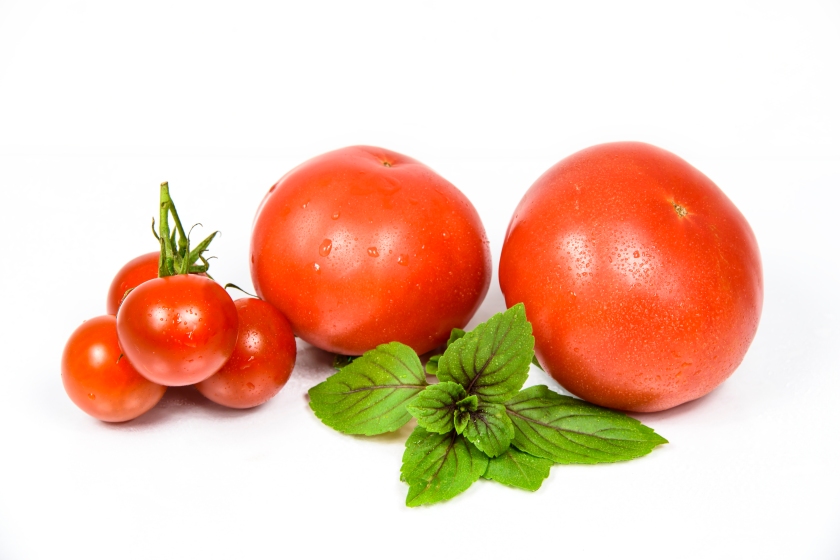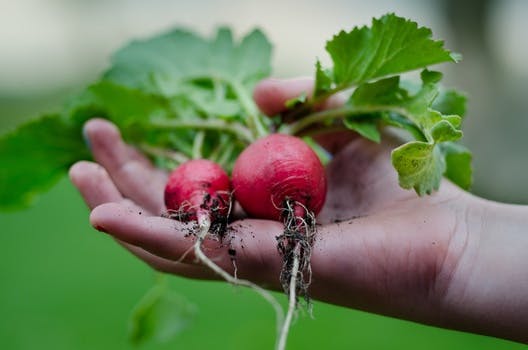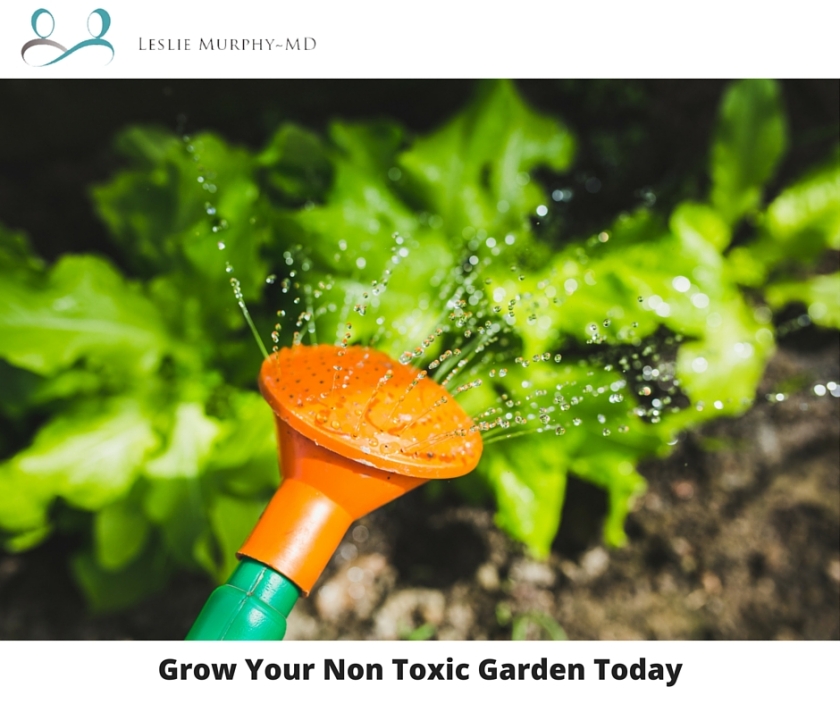
Hello Girlfriends….Doc here
Now that we have grown and worked the land to gain a healthy harvest I felt it time to share with you all of the benefits of eating healthy food as medicine. Did you realize the three vegetables we planted the green pepper, tomatoes, and basil are all loaded with healthy vitamins and health giving nutrients. Did you also know that they are good for curing some of your ailments?
How about if we dive into some of their health giving benefits.
Let’s start with Green peppers.
A fresh green pepper is low in calories and contains 0 grams of fat and a good supply vitamins and minerals. Their mildly sweet flavor makes green bell peppers versatile enough to include a wide variety of nutritious recipes such as salads, roasted green peppers, and antipastis. Continue reading “Your Garden…Your Medicine”



